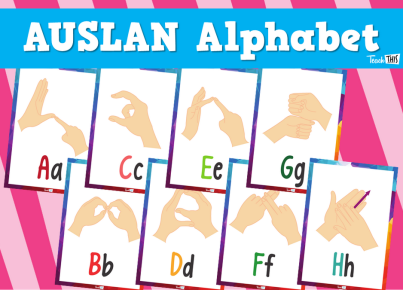In today’s increasingly globalized world, linguistic diversity has become the norm rather than the exception. This trend is especially evident in schools, where it is not uncommon to have dozens of home languages represented among the student population. As our classrooms become more multicultural and multilingual, embracing this linguistic diversity is crucial for creating an inclusive and effective learning environment.
The benefits of linguistic diversity in schools are numerous. First and foremost, it fosters an appreciation for different cultures, encouraging students to develop a global mindset and respect for one another’s backgrounds. Learning about different languages and cultures can also broaden students’ perspectives, helping them grow both intellectually and emotionally.
Moreover, research has consistently shown that bilingualism and multilingualism have cognitive advantages. For example, bilingual individuals demonstrate better cognitive flexibility, problem-solving skills, and creativity compared to monolingual counterparts. By supporting students who speak multiple languages or come from diverse linguistic backgrounds, schools can nurture these cognitive benefits in their communities.
Despite these advantages, there are challenges associated with having a multitude of home languages in a single school. One of the most significant issues is communication between teachers, students, and their parents. For instance, when there are language barriers between educators and parents or caregivers, it can be difficult for them to effectively support their children’s learning needs from home.
Moreover, teachers may struggle to address the unique learning requirements of multilingual students due to insufficient resources or training. It can be challenging for educators to develop differentiated instruction that meets the needs of each learner while also accommodating an array of linguistic backgrounds.
To address these challenges and fully embrace linguistic diversity in schools, several strategies can be employed:
1. Implement professional development programs: Providing training workshops that focus on strategies for teaching multilingual learners can empower educators with the skills they need to be successful in diverse classrooms.
2. Hire bilingual teachers and staff: Encouraging a diverse teaching staff that is representative of the student population can foster communication and understanding within the school community.
3. Utilize technology: Technological tools and language apps can help bridge communication gaps between teachers, students, and families who speak different languages.
4. Encourage peer-to-peer collaboration: Fostering collaborative learning experiences among students with varying language backgrounds can facilitate cognitive growth and a greater understanding of one another’s cultures.
5. Offer language support services: Providing after-school programs, tutoring, or language classes that cater to multilingual learners can help support their linguistic development while also strengthening their connection to their cultural heritage.
In conclusion, schools with a high degree of linguistic diversity have the potential to provide an invaluable learning experience for their students. By embracing this diversity and addressing the inherent challenges, educational institutions can work towards developing truly inclusive and successful learning environments for all students, regardless of their home language.




